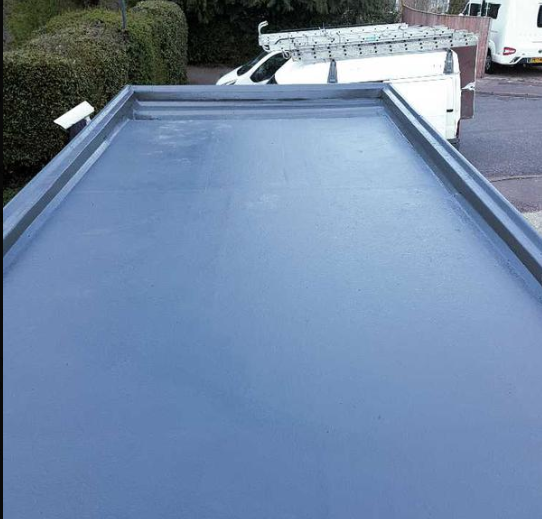Flat roofing systems are a aestetically pleasing and energy-efficient option to standard pitched roofings. Flat roofs present a number of issues in contrast to pitched roofings, numerous homeowners and new house builders are looking progressively positively on flat roofing systems for a number of factors. Flat roofs are generally flexible, simpler to preserve, and more energy-efficient than most pitched roofs, so new home contractors, in particular, take pleasure in the lower cost of long-lasting ownership.
Heritage Roofing Solutions wants our clients to know the pros and cons of flat roofs so they can make informed choices about their own homes. Flat and pitched roofing systems each have their perks and downsides, so consider your options and the long-term costs of both.
Benefits of Flat Roofs
Lower building and repair work expenses. Flat roofing systems take up less area and consequently use less material than sloped roofing systems. This makes initial building and construction less expensive however also means savings if any extensive repairs become necessary.
Flat roofs are also ideal for roof deck building and construction. Property owners can utilise a flat roof to add a gorgeous addition that also provides additional weather protection.
Energy efficiency. Flat roofs are fantastic for keeping house energy costs workable, especially in warmer climates. If you are looking for a flat roofer in Stroud Heritage roofing solutions are you number one choice. While sloped roofings can trap undesirable warm air or allow cooled air to escape, a flat roofing suggests less overhead area for air to stagnate.
Disadvantages of Flat Roofs
Higher chance of early replacement. A lot of sloped roofings will last 20 or more years with proper care, but flat roofs generally need to be changed every 10 years approximately. The National Roofing Contractors Association reports that many property owners change to sloped roofing systems for this very reason.
The Choice Is Yours
Every home-buyer and home-builder has a vision for his or her dream house, and a flat roofing could be the perfect option for you. Flat roofings need more attention and tend to fare much better in warmer environments, anyone can have a practical, beautiful flat roof with the best home builder.
Materials, sealants, weatherproofing, and water management are very important decisions for your roofing system, so connect to Able Roof’s business roof experts to discuss your roofing system issues. We can assist you figure out the right products and weather defense for your location and design ideas, or help you turn a flat roofing system that’s causing problems into a more manageable sloped roofing system.
Flat roofs are an aesthetically fascinating and energy-efficient alternative to traditional sloped roofs. Flat roofings posture a number of concerns in comparison to sloped roofing systems, lots of property owners and novice house builders are looking increasingly positively on flat roofing systems for numerous factors. Flat roofings are generally versatile, much easier to preserve, and more energy-efficient than most sloped roofings, so brand-new house contractors, in specific, take pleasure in the lower cost of long-term ownership.
Flat roofings take up less space and as a result utilise less material than sloped roofings. While sloped roofs can trap unwanted warm air or enable cooled air to leave, a flat roofing system indicates less overhead area for air to stagnate.
